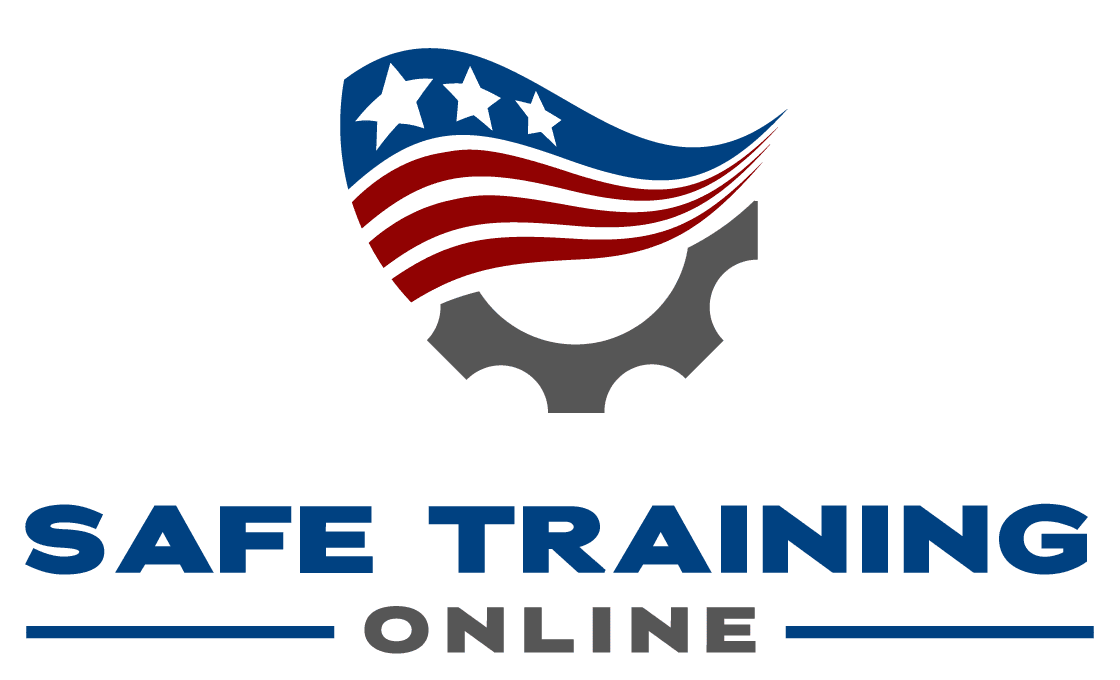Skid Steer Training Online
$99.95USD
This Skid Steer Training Online course will teach operators a range of essential topics to ensure operators are well prepared for safe and efficient skid steer operation. These topics include safety procedures, skid steer components, operating techniques, attachment and accessories, load handling and material transport, maintenance and inspection, emergency procedures, operator responsibilities and more are covered in this skid steer training online course. This course meets the compliance standards for theory training as required by CSA B335, SAE J1388-2013, 29 CFR 1926.20 and 21, OSHA 1910.178.
Skid Steer Training Online
This Skid Steer Training Online course will teach you:
- Safe skid steer operating principles
- Operator responsibilities
- Equipment regulations
- The use of attachments, safety devices, and components
- Understanding and avoiding common worksite hazards
- Walk-around inspections
- Skid steer setup and start up
- Bucket loading procedures
- Safe traveling methods
- Leveling of materials
- How to avoid tip-over hazards
- Skid steer shutdown and parking procedures
- General skid steer maintenance
Skid Steer Operator Safety Tips:
Operating a skid steer on a worksite requires strict adherence to safety protocols to prevent accidents and ensure the well-being of operators and those working nearby. Here are some essential safety tips when operating a skid steer on a worksite:
- Training and Certification: Ensure that operators are properly trained and certified for skid steer operation. Training should cover both theoretical knowledge and practical skills.
- Pre-Operational Inspection: Conduct a thorough pre-operational inspection of the skid steer to identify any defects, damage, or safety concerns. Address any issues before operation.
- Personal Protective Equipment (PPE): Always wear the required PPE, including a hard hat, safety glasses, ear protection, gloves, and steel-toed boots.
- Clear Communication: Maintain clear communication with co-workers and equipment operators on the worksite using hand signals, radios, or other means as necessary.
- Plan Work Tasks: Plan work tasks in advance to avoid conflicts with other workers or equipment. Coordination and communication are crucial to prevent accidents.
- Maintain Clear Visibility: Keep the skid steer's operator compartment clean and free of debris to maintain good visibility. Use mirrors and cameras (if available) to monitor surroundings.
- Stability and Load Handling: Always follow load capacity guidelines and ensure proper load balance. Exercise caution when picking up, moving, or dumping materials to maintain stability.
- Safe Speed: Operate the skid steer at a safe and controlled speed, especially in congested or busy areas of the worksite.
- Avoid Obstacles: Be aware of your surroundings and avoid obstacles, including other workers, equipment, structures, and utility lines.
- Rollover Protection: If your skid steer is equipped with Rollover Protection Structures (ROPS), use them when operating on uneven terrain or on slopes.
- Proper Attachment Use: When using attachments, ensure they are securely attached and properly matched to the task at hand. Follow safety precautions for each attachment.
- Emergency Procedures: Familiarize yourself with emergency shutdown procedures and know how to respond to equipment malfunctions or accidents. Have a clear exit plan in case of emergencies.
- Respect Regulations: Adhere to all local, state, and federal regulations related to skid steer operation on the worksite. Comply with industry standards and best practices.
- Avoid Distractions: Focus solely on the operation of the skid steer and avoid distractions, such as using a mobile phone or other electronic devices.
- Environmental Considerations: Follow environmental regulations and guidelines when operating in sensitive areas to prevent damage to the environment.
- Regular Maintenance: Perform routine maintenance tasks and inspections as recommended by the manufacturer to ensure the skid steer is in good working condition.
- Stay Informed: Stay updated on new technologies, safety guidelines, and best practices through ongoing training and education.
- Keep a Safe Distance: Maintain a safe distance from other equipment and workers, especially when turning or maneuvering the skid steer.
- Stay on Level Ground: Avoid operating the skid steer on excessively steep or unstable terrain, and be cautious when working near ditches, trenches, or embankments.
- Follow Site-Specific Rules: Be aware of any site-specific safety rules or guidelines established by the worksite management and follow them diligently.
By adhering to these safety tips and practicing caution at all times, skid steer operators can significantly reduce the risk of accidents and injuries on the worksite.

Other Courses You May Be Interested in
$26.99 USD
$99.99 USD
$37.99 USD
$59.99 USD



